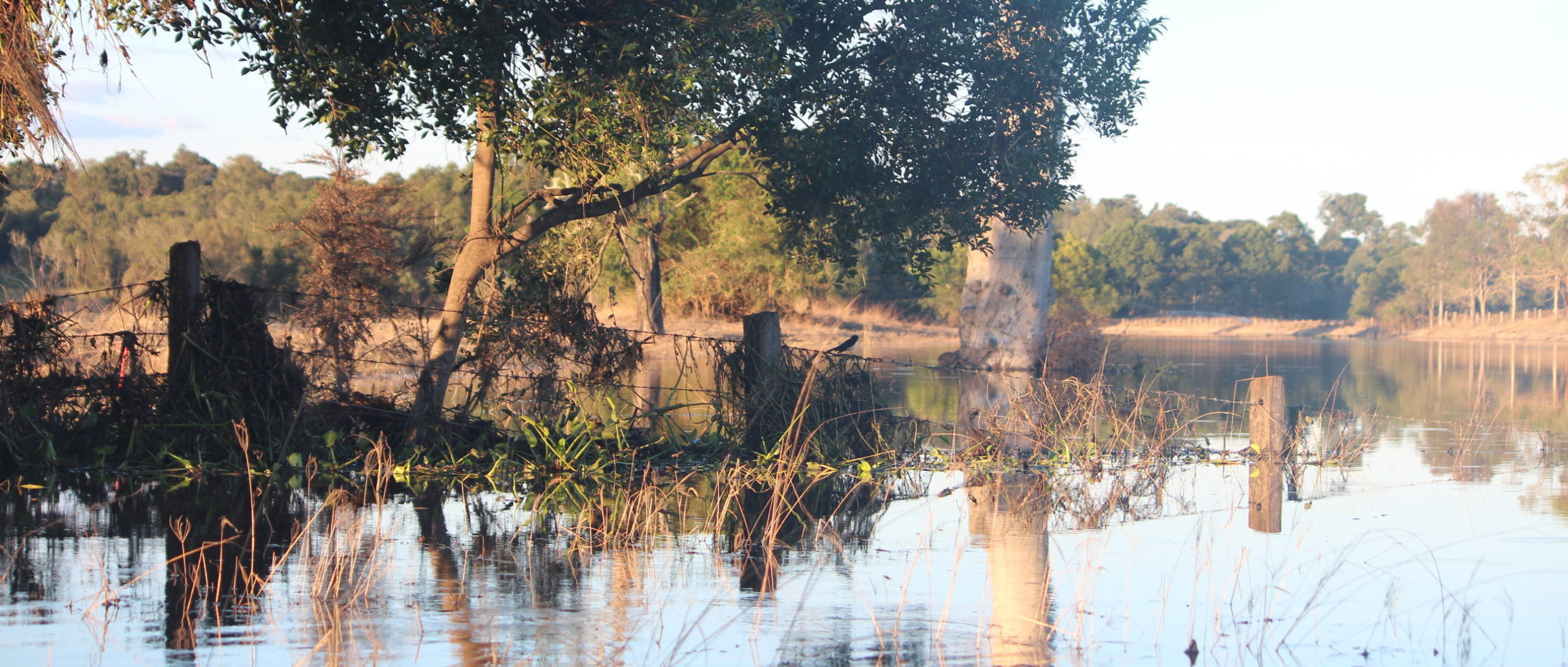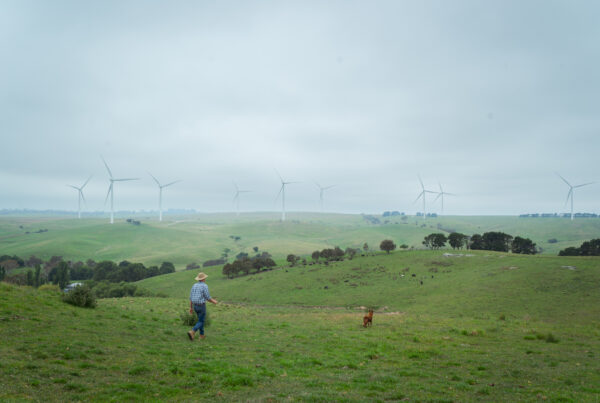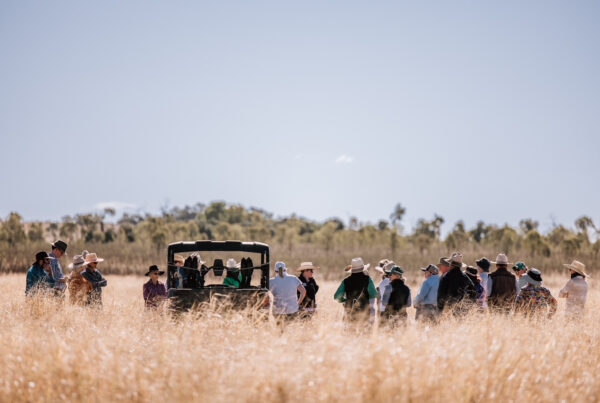19 July 2022
Dire environmental scorecard reflects climate impacts experienced by farmers
The 2021 State of the Environment report released this week paints a dire picture of environmental harm that comes as no surprise to Australian farmers, who see first-hand the damage done by climate change.
Farmers for Climate Action CEO Dr Fiona Davis said climate change, driven by the burning of fossil fuels, is hurting rural communities by making floods, fire and drought worse.
“There are multiple factors driving environmental damage, but climate change makes all of these worse,” Dr Davis said.
“Farmers and their communities rely on a healthy environment for their livelihoods, and to grow the food we eat. They deserve safety and security, but in this unbalanced climate caused by carbon emissions they are facing fires, floods and droughts,” Dr Davis said.
“Farmers are leading the way on emissions reduction, and it’s time the coal, gas and transport sectors did their bit too.”
Farmers are planting shelterbelts that increase pasture and cattle growth, and installing renewable energy such as wind and solar that can help drought-proof farms and create jobs.
With support, this can be quickly scaled up across the agriculture sector. A report produced by EY for Farmers for Climate Action into opportunities in a low emissions future, found agriculture could reach net zero by 2040 whilst increasing production and without shrinking the beef herd or sheep flock.
“We can grasp the opportunity to create a regional jobs boom while we drive down emissions this decade,” Dr Davis said.
The State of the Environment report noted the state of the Murray Darling Basin: “Rivers and catchments are mostly in poor condition, and native fish populations have declined by more than 90 per cent in the past 150 years: a trend that appears to be continuing today,” the report said.
CASE STUDIES
Farmers for Climate Action case studies:
Kristy Stewart, a fifth-generation sheep and agroforestry farmer near the Otway Ranges in Victoria, is integrating a web of trees into her family’s farming system for both conservation and profit.
“This report shows the importance of caring for our land,” Ms Stewart said. “We are demonstrating on our farm techniques like caring for our soils through multi species pasture cropping systems, and biological infrastructure to protect the paddocks with biodiverse tree plantations and rotational grazing practices.”
Young NSW farmer and Worimi man, Josh Gilbert said the State of the Environment is a lived experience for farmers. “If you step outside the stats what it does is tell the story of what people on land are experiencing. “What we’ve had on our farm is drought for several years then four successive floods in the last two or three years. It’s the constant state of the unknown – it takes a financial and emotional toll. “
Mr Gilbert said he hoped the report would also show that Australian society needs the government to listen to the voices of indigenous people on land management. “It is critical for the agricultural industry purely from a land and climate change sense,” he added.
Grazier Jody Brown who runs Latrobe station near Longreach said she was concerned by the figures about loss of organic matter in Australian soils. “A critical part of surviving worsening droughts and climate change is adapting the soil. There are a lot of farmers in Australia who are really pushing the boundaries – now is the time for looking at how do we supercharge that,” Ms Brown said.
Farmers for Climate Action represents 7000 farmers asking for economy wide emissions reduction.
For interviews contact: Jacqui Street, 0498 188 528 / media@farmersforclimateaction.org.au






